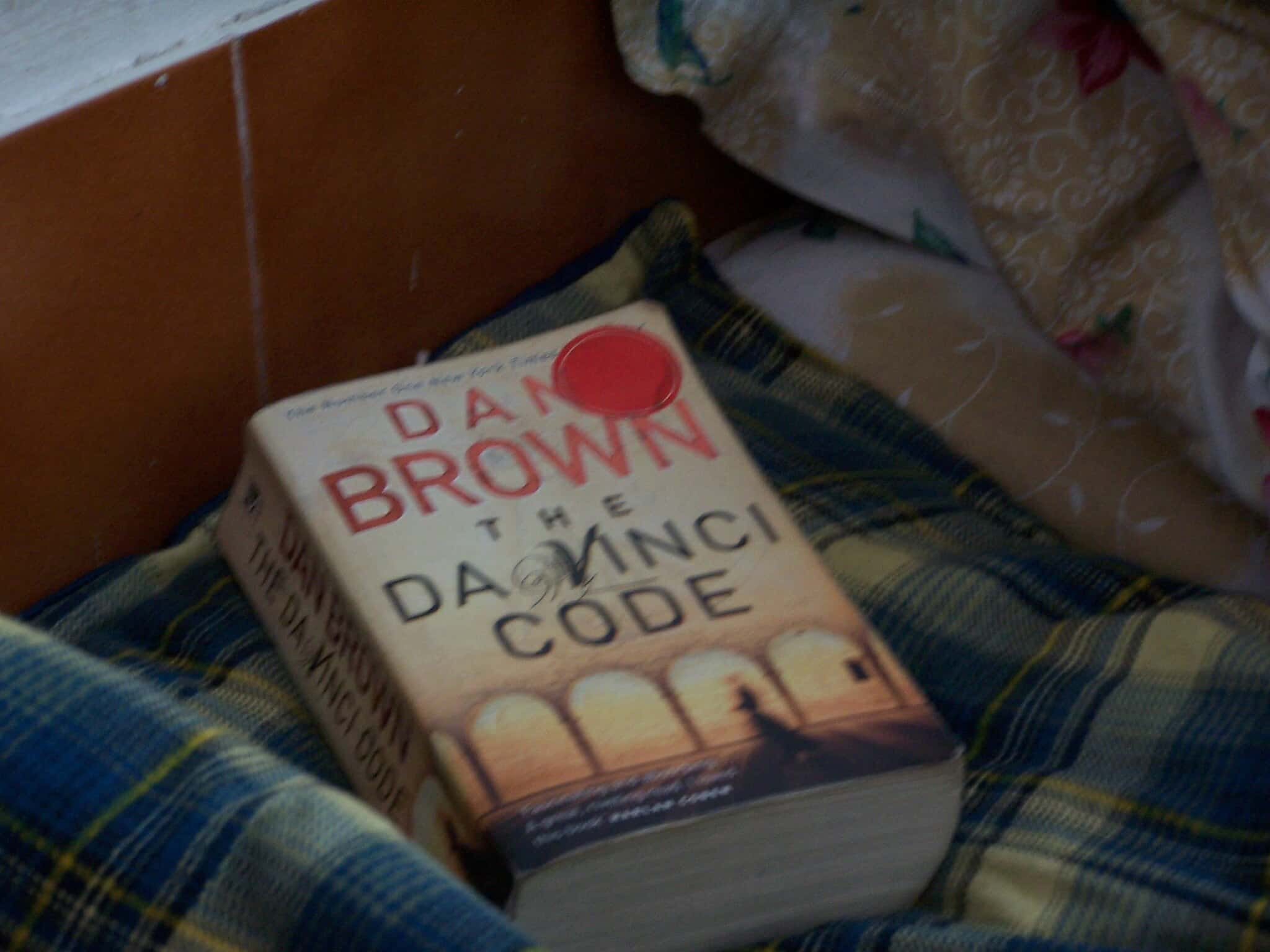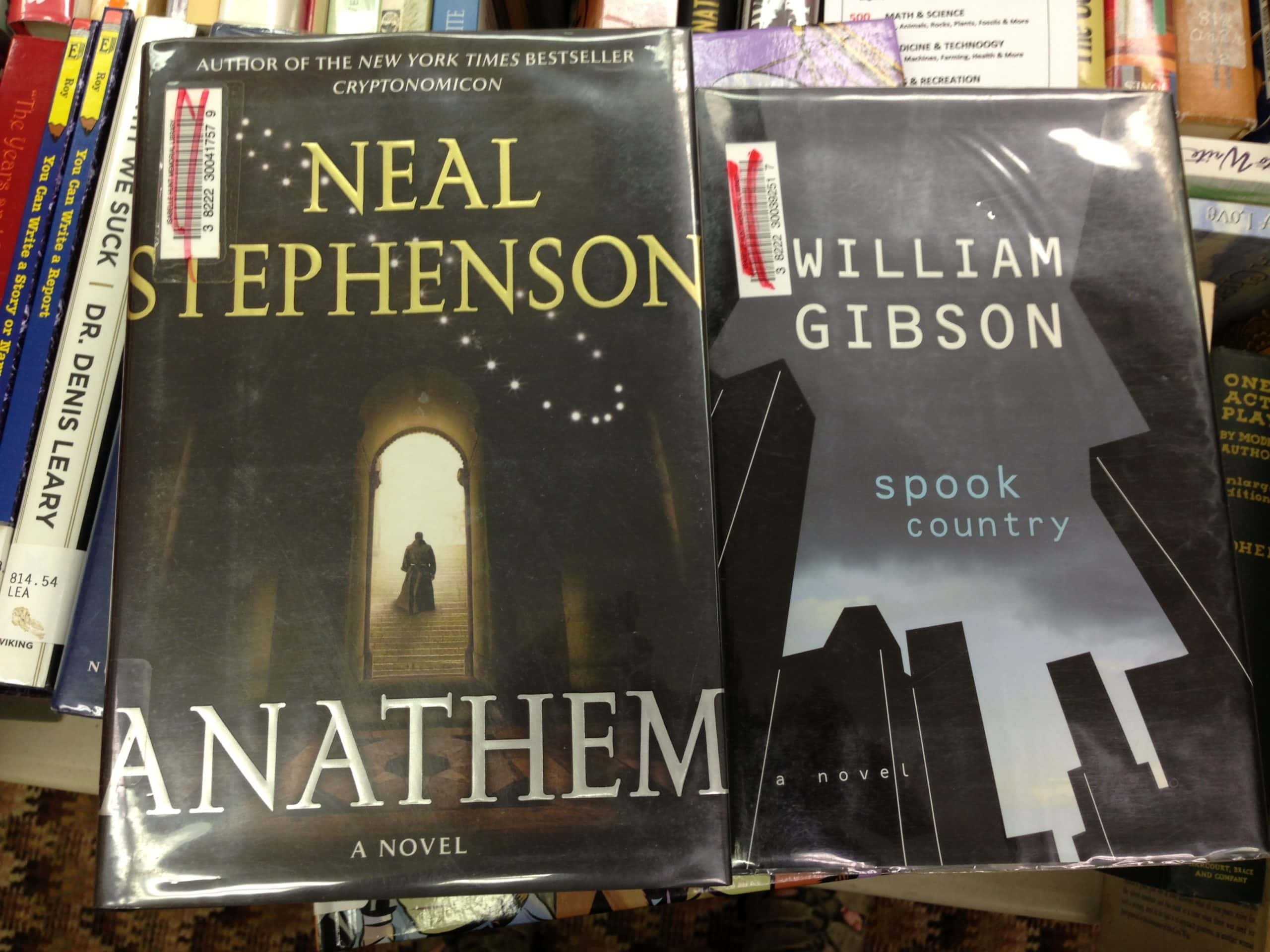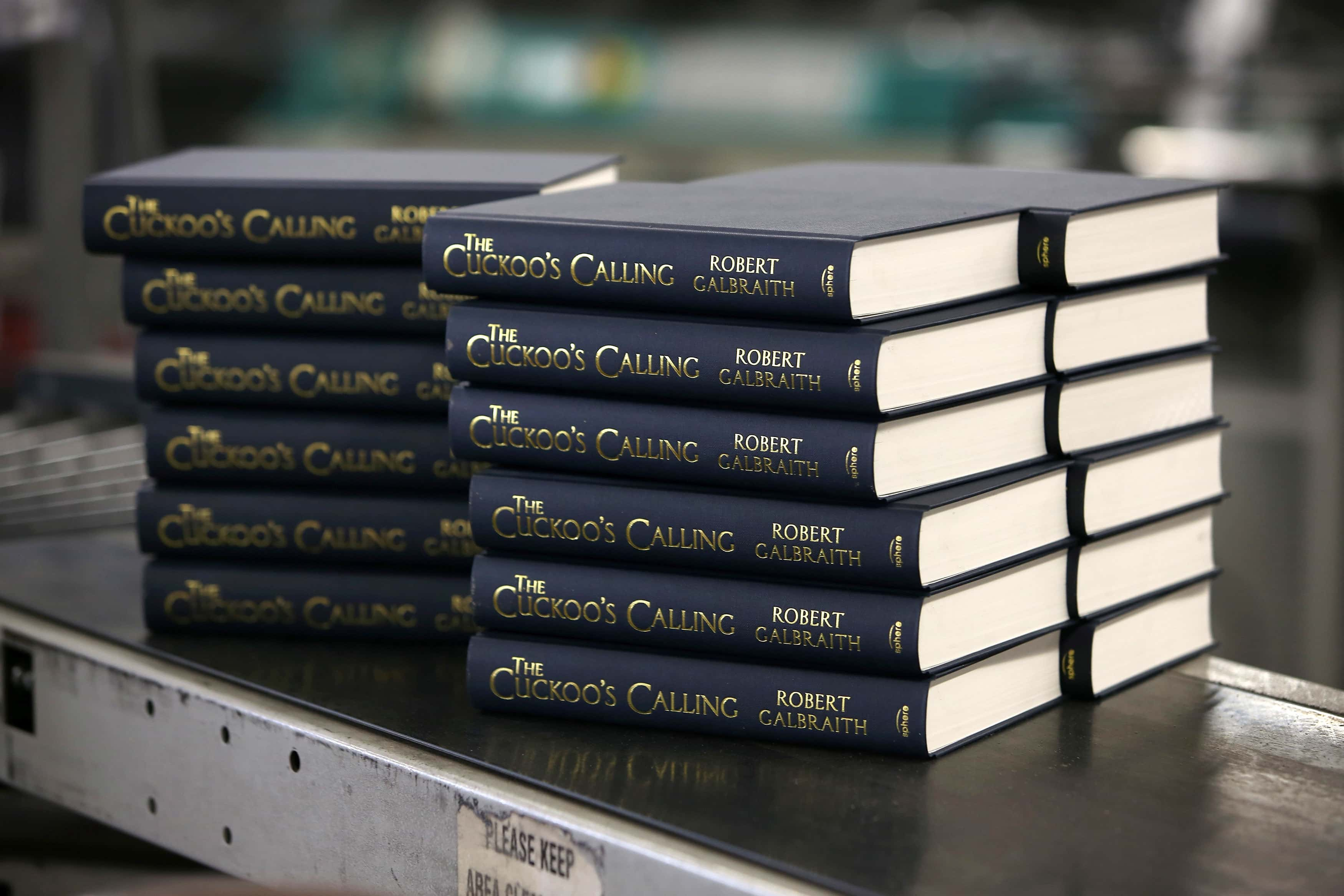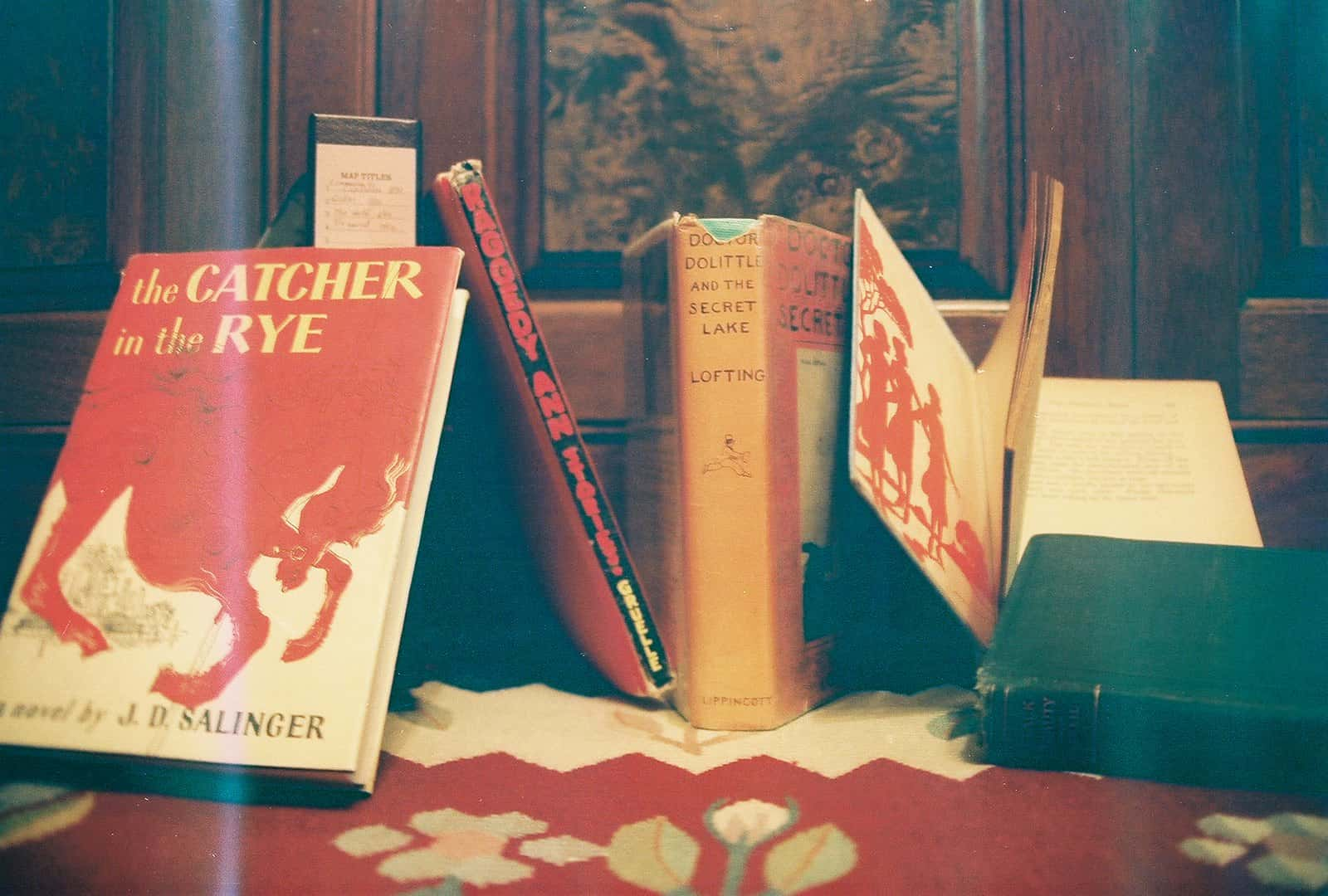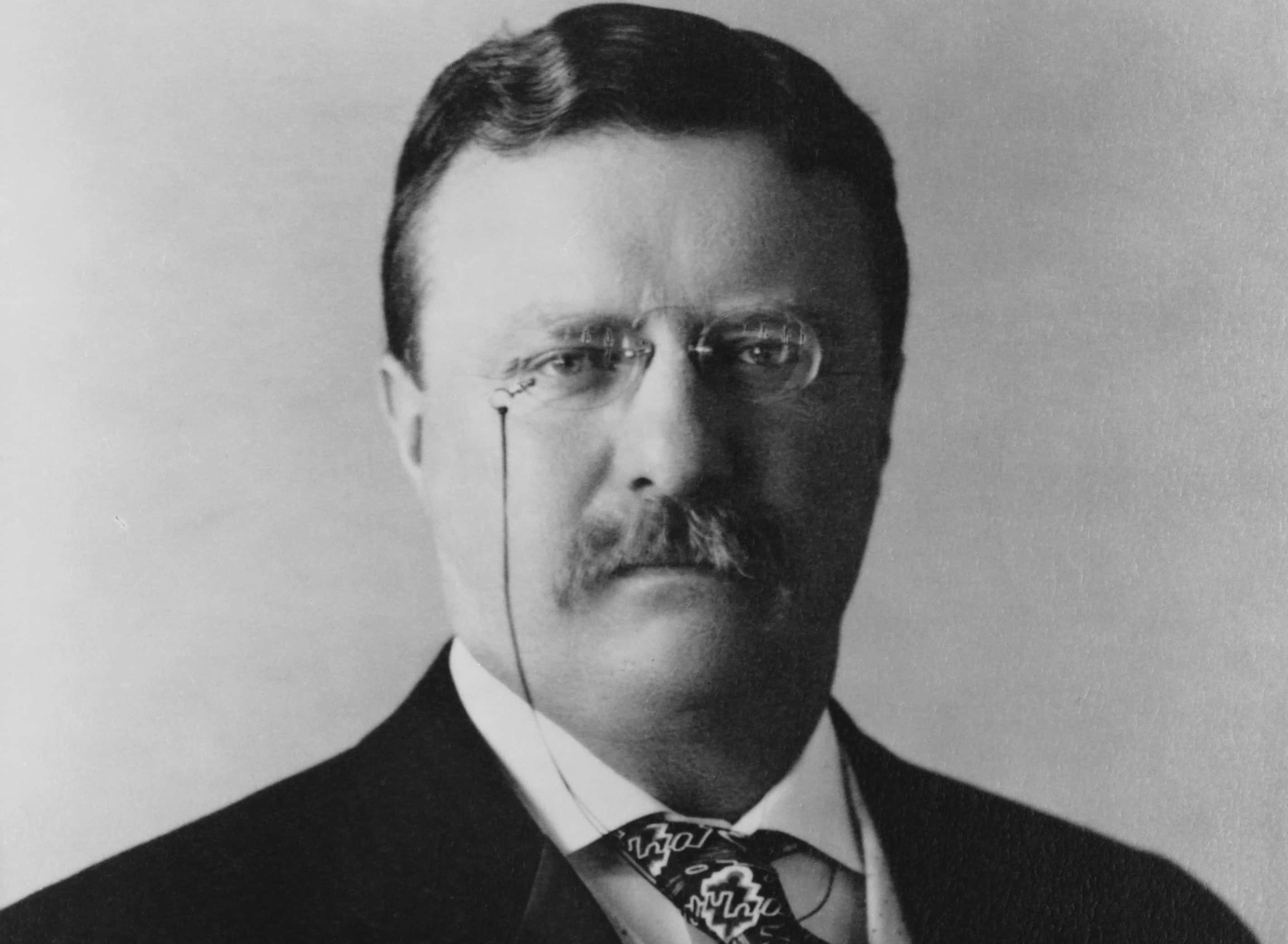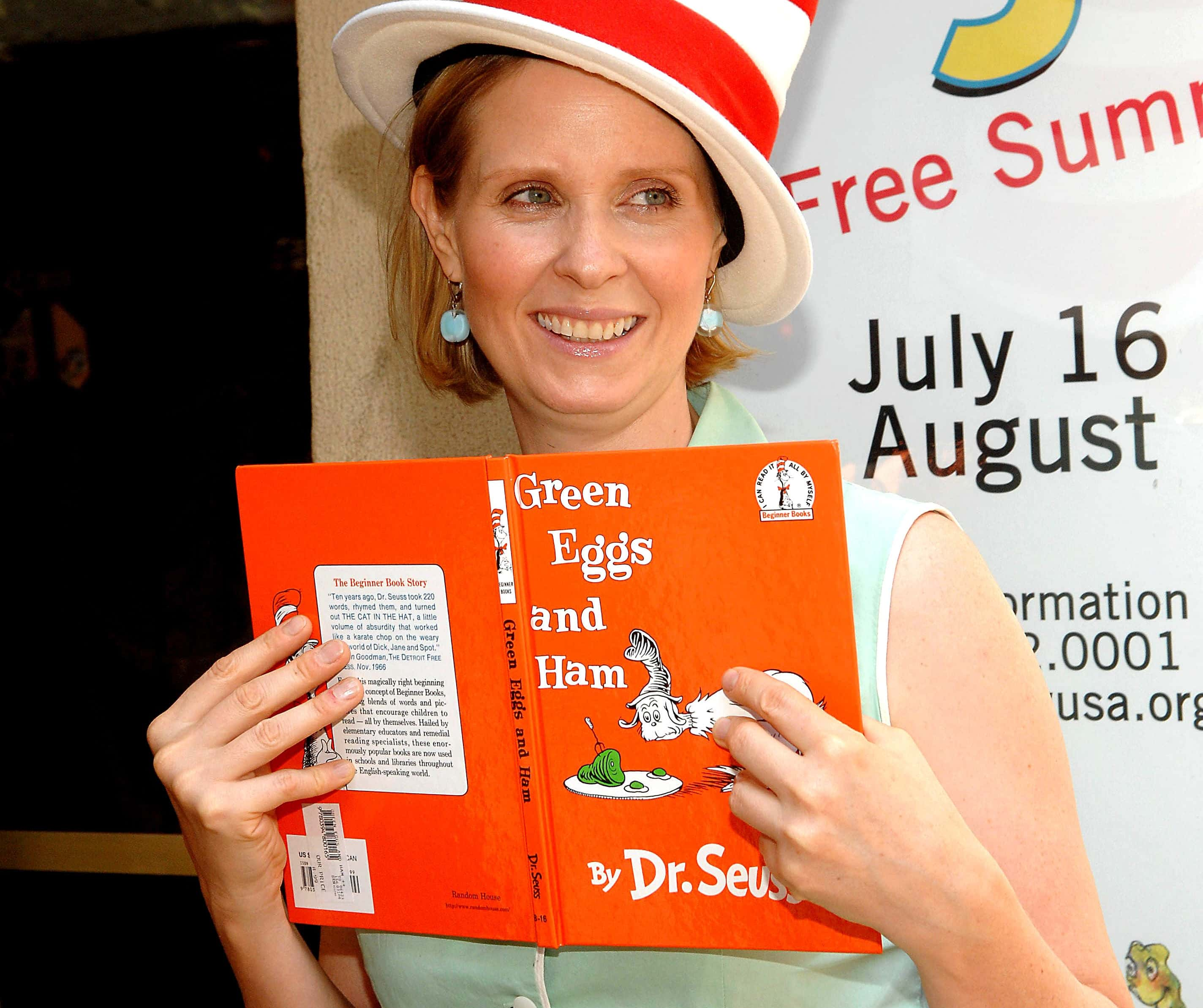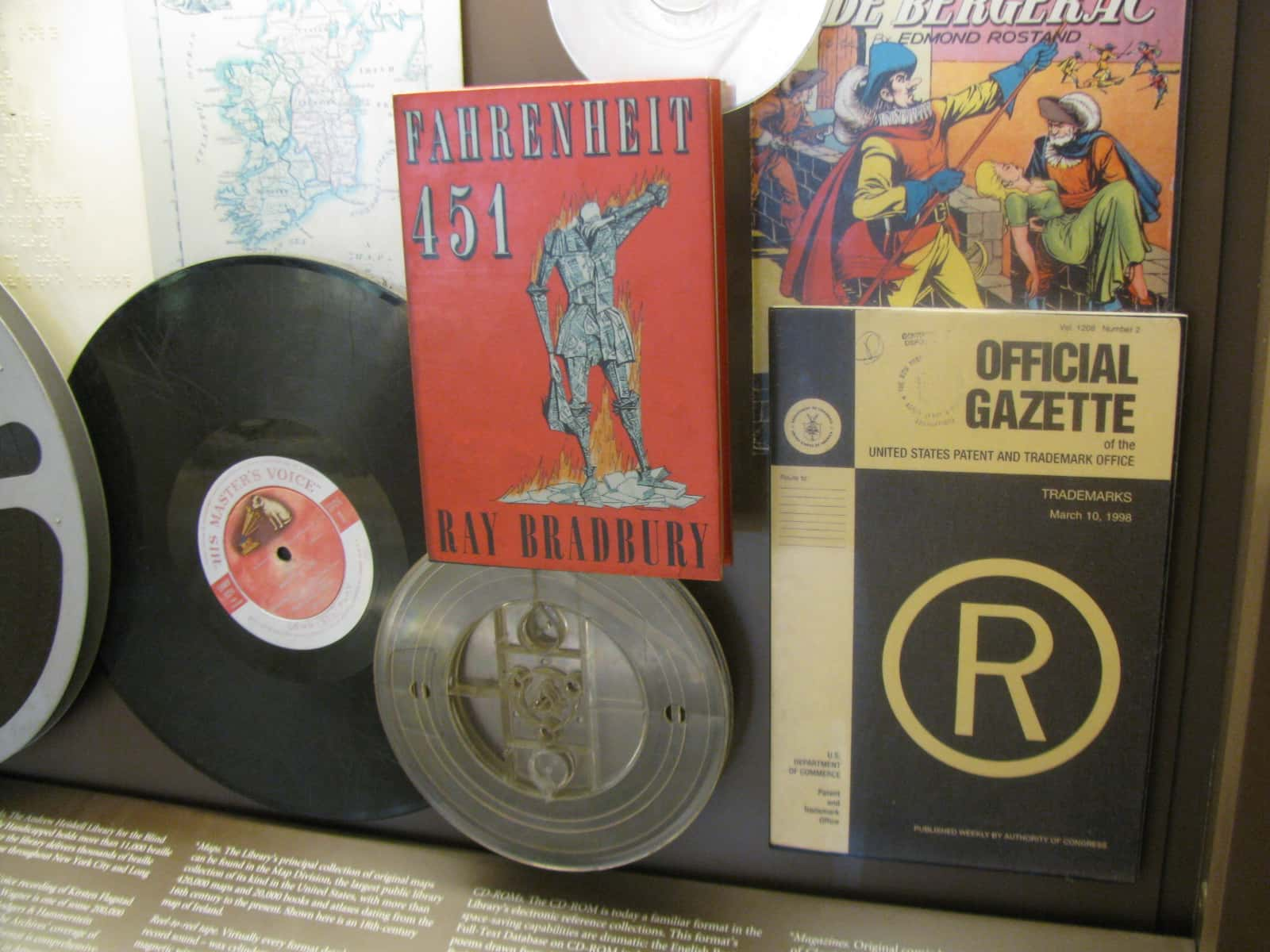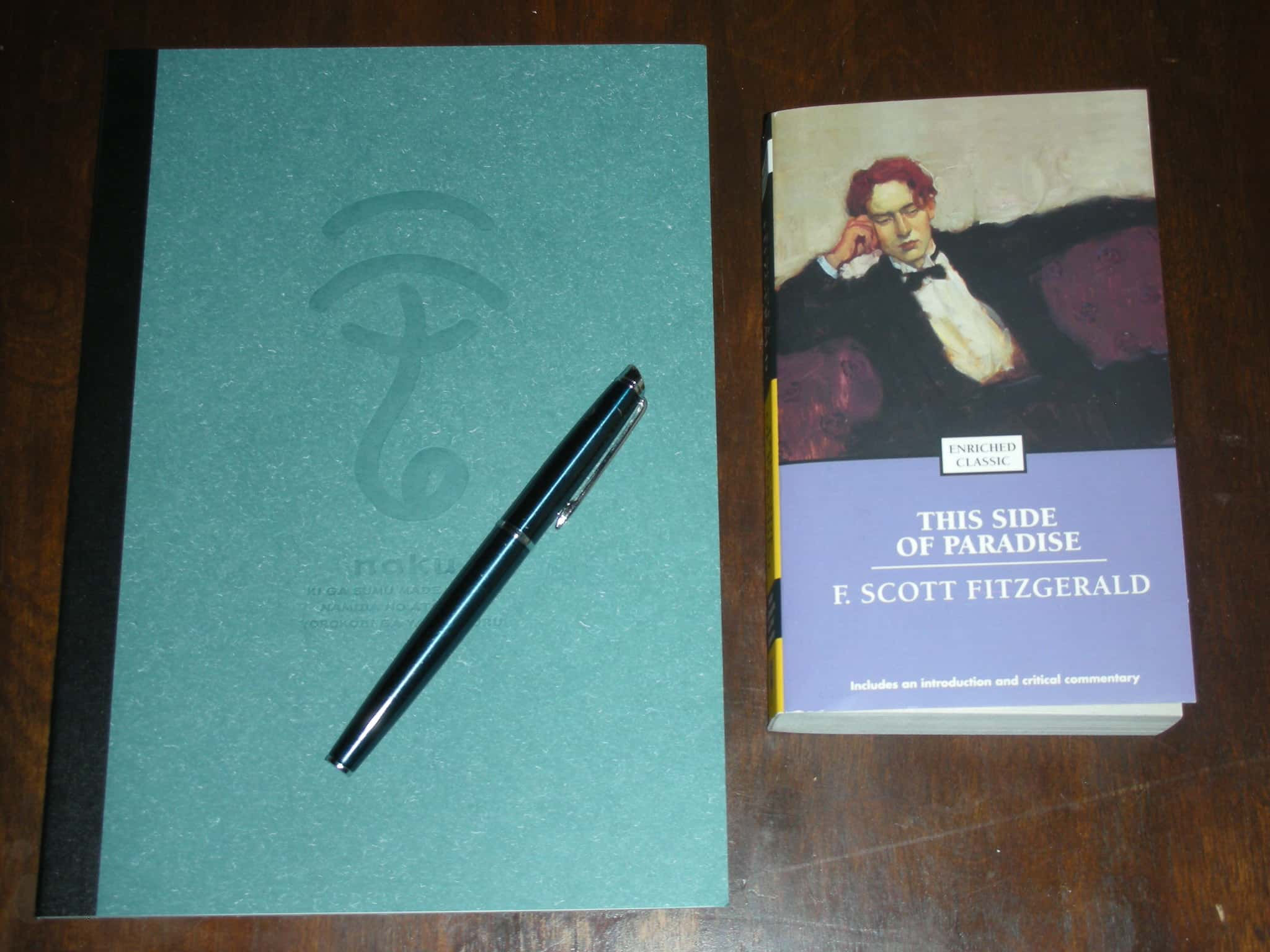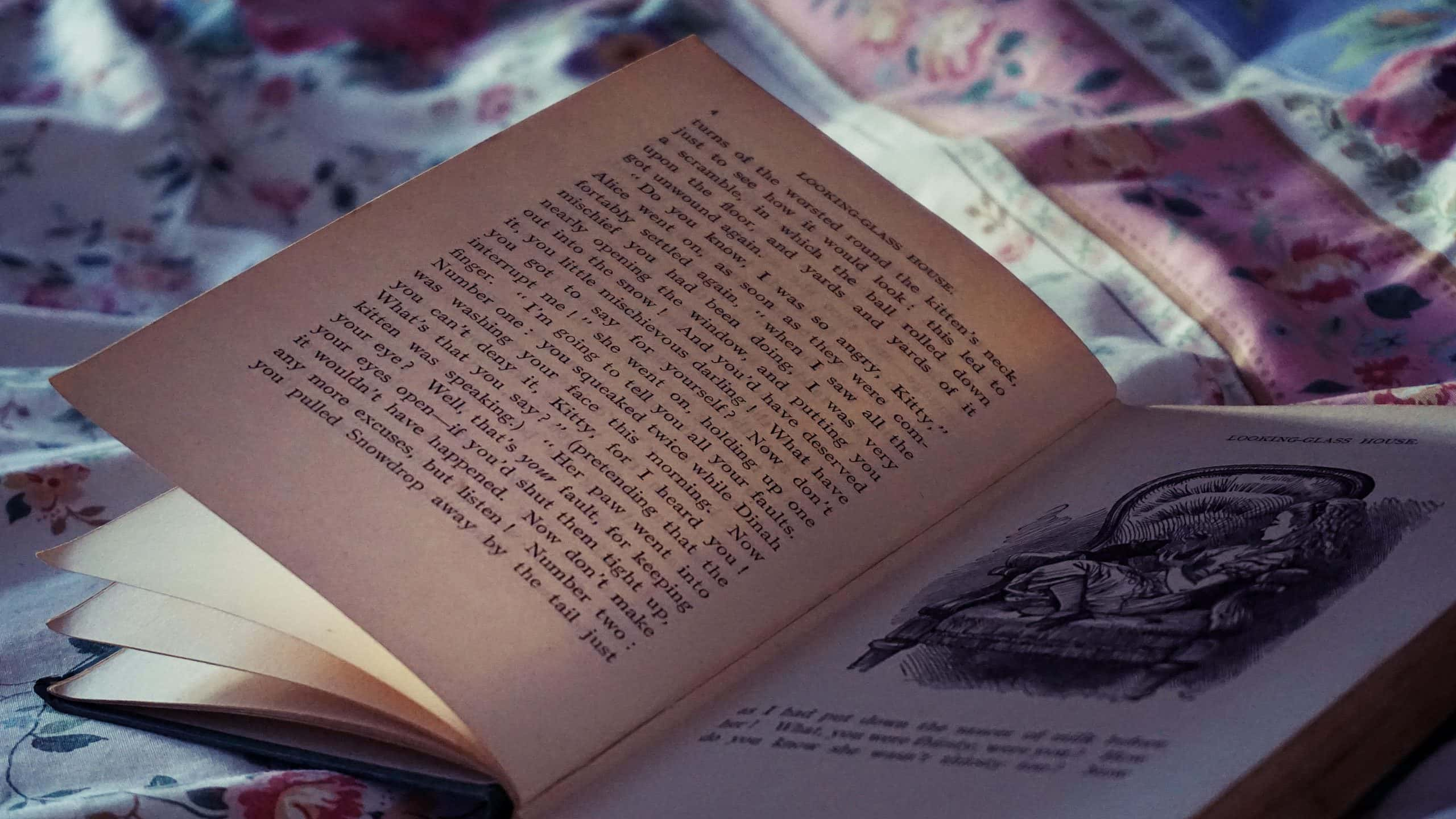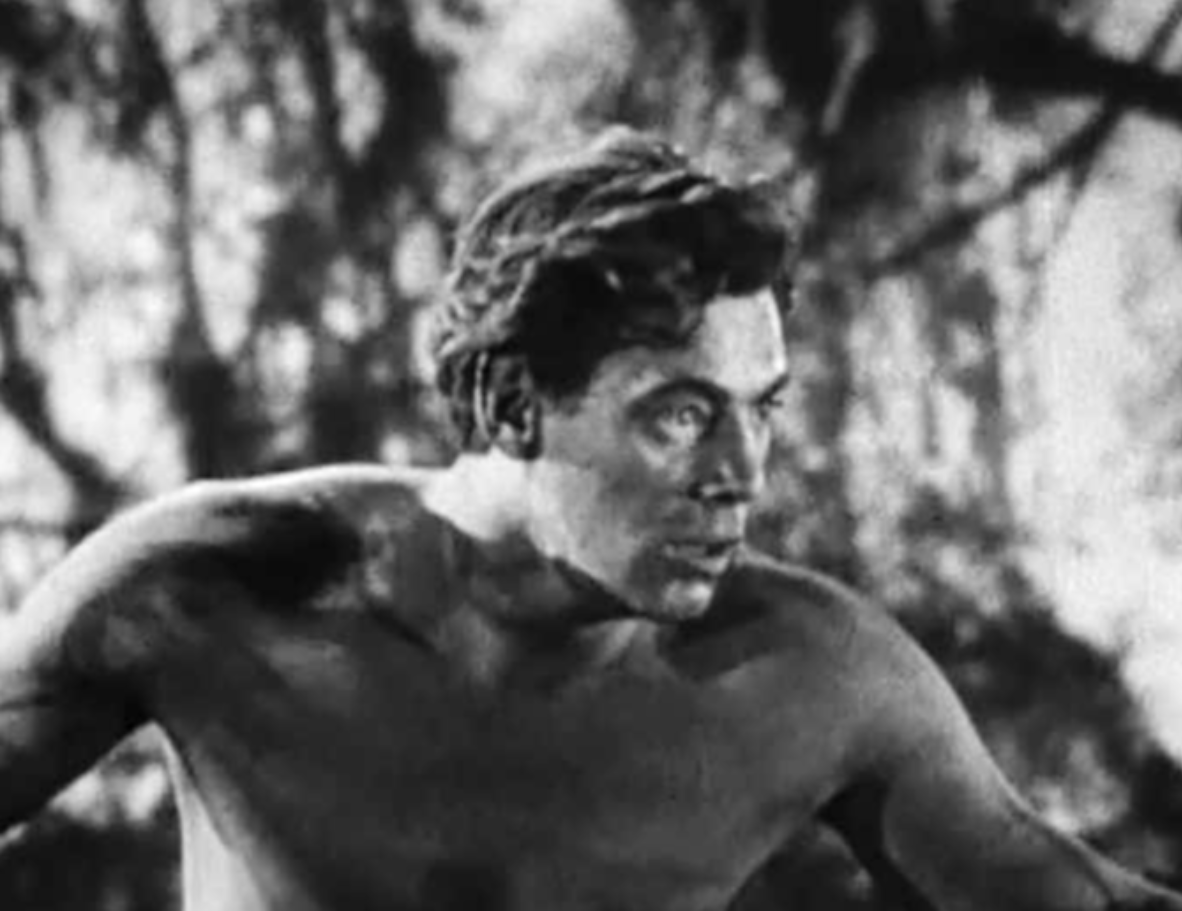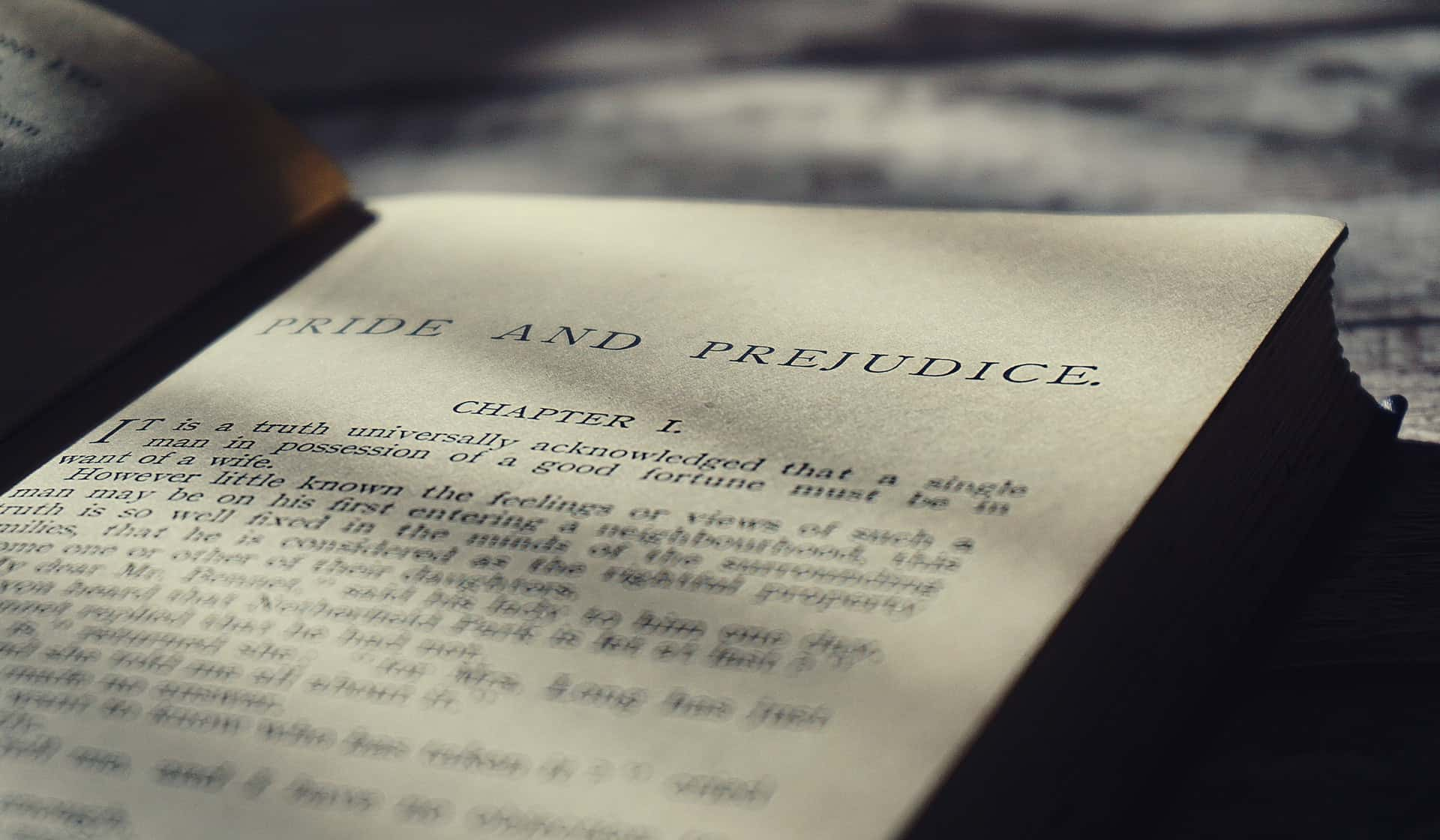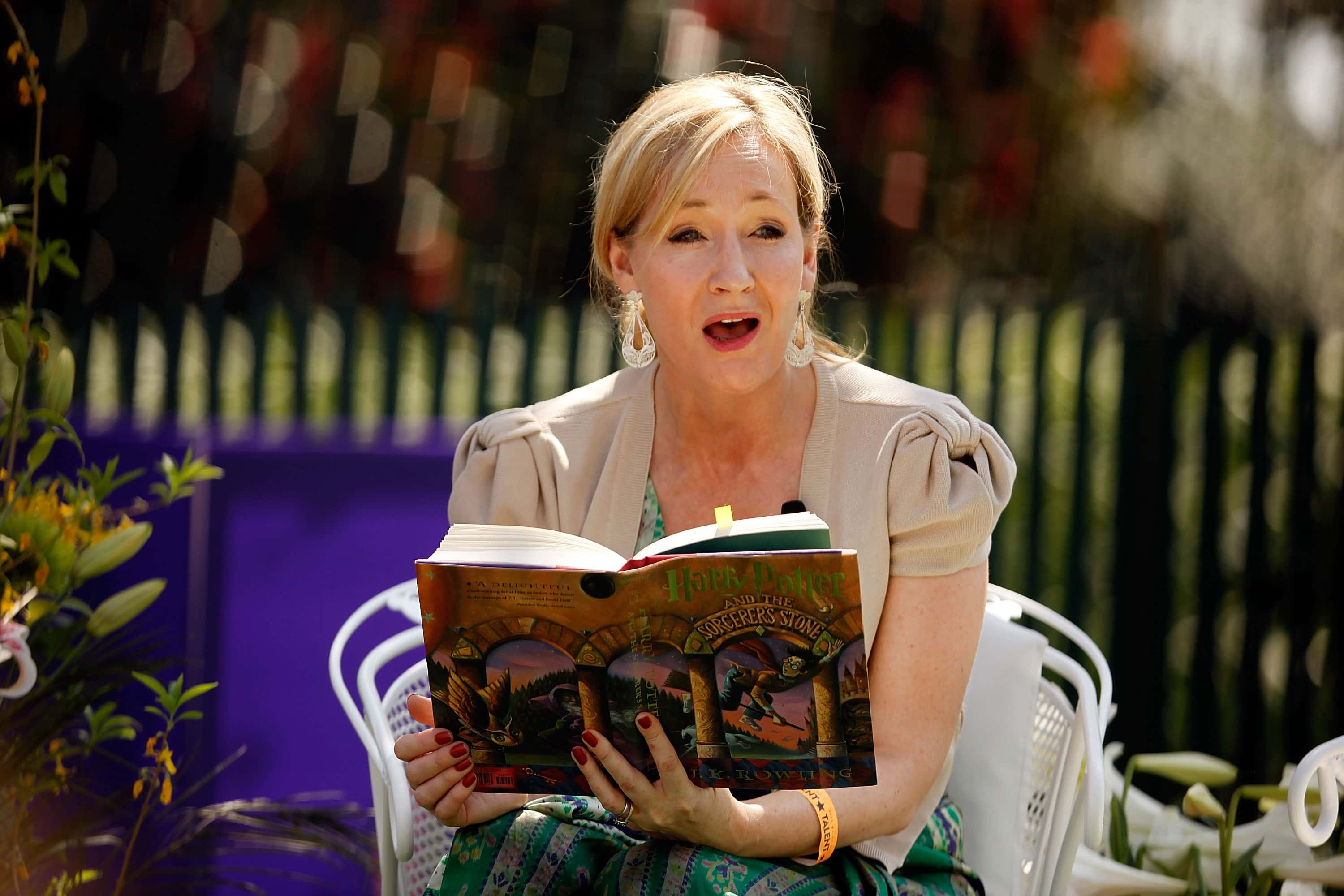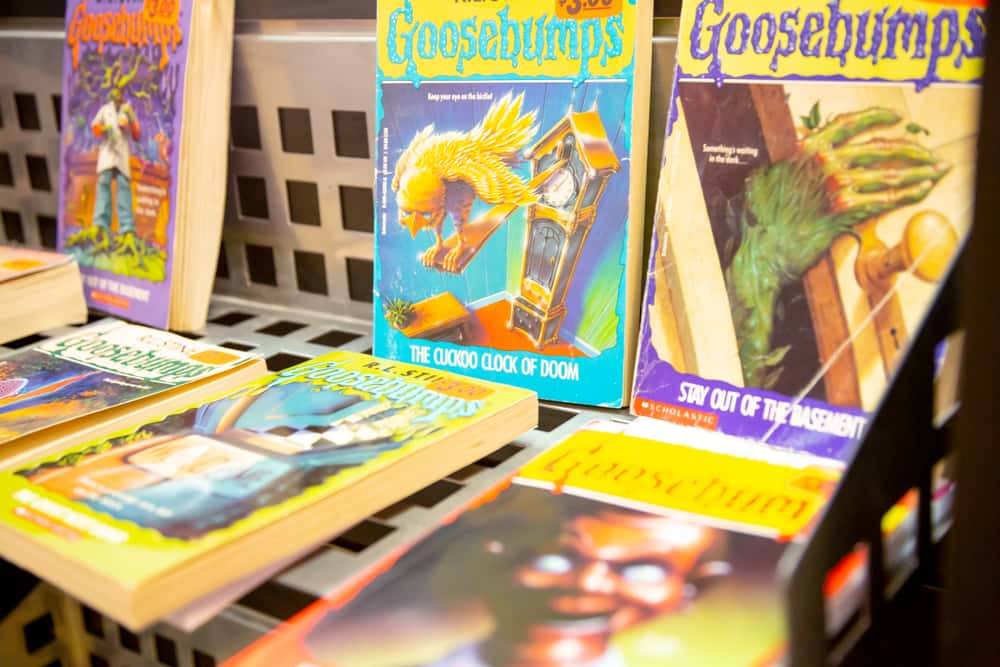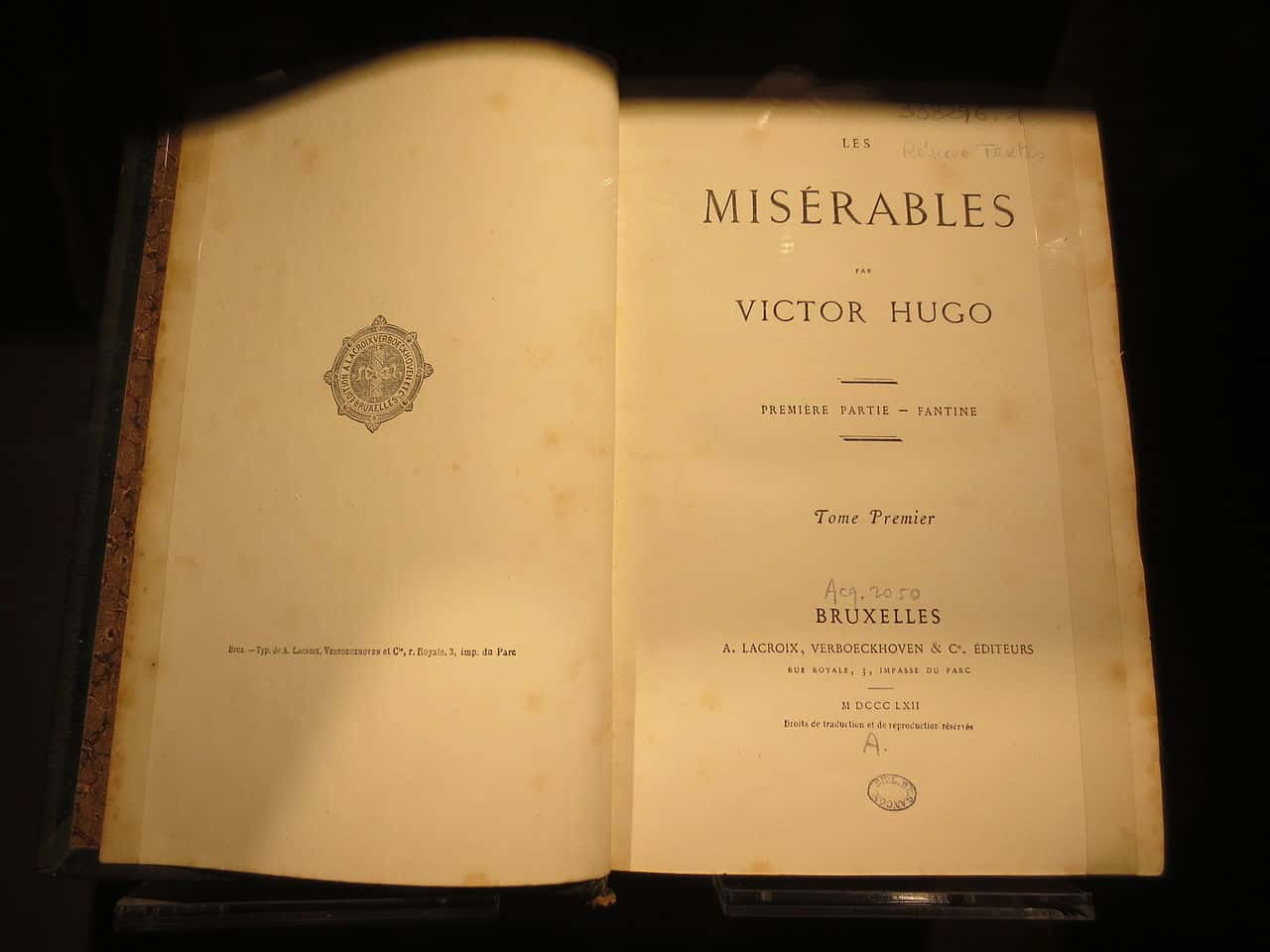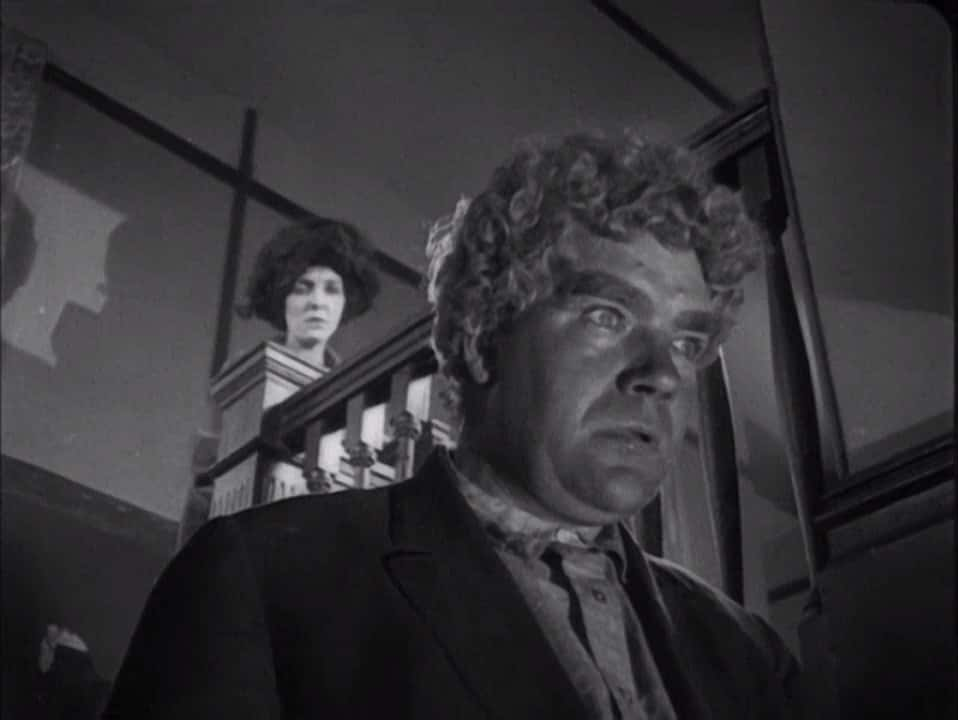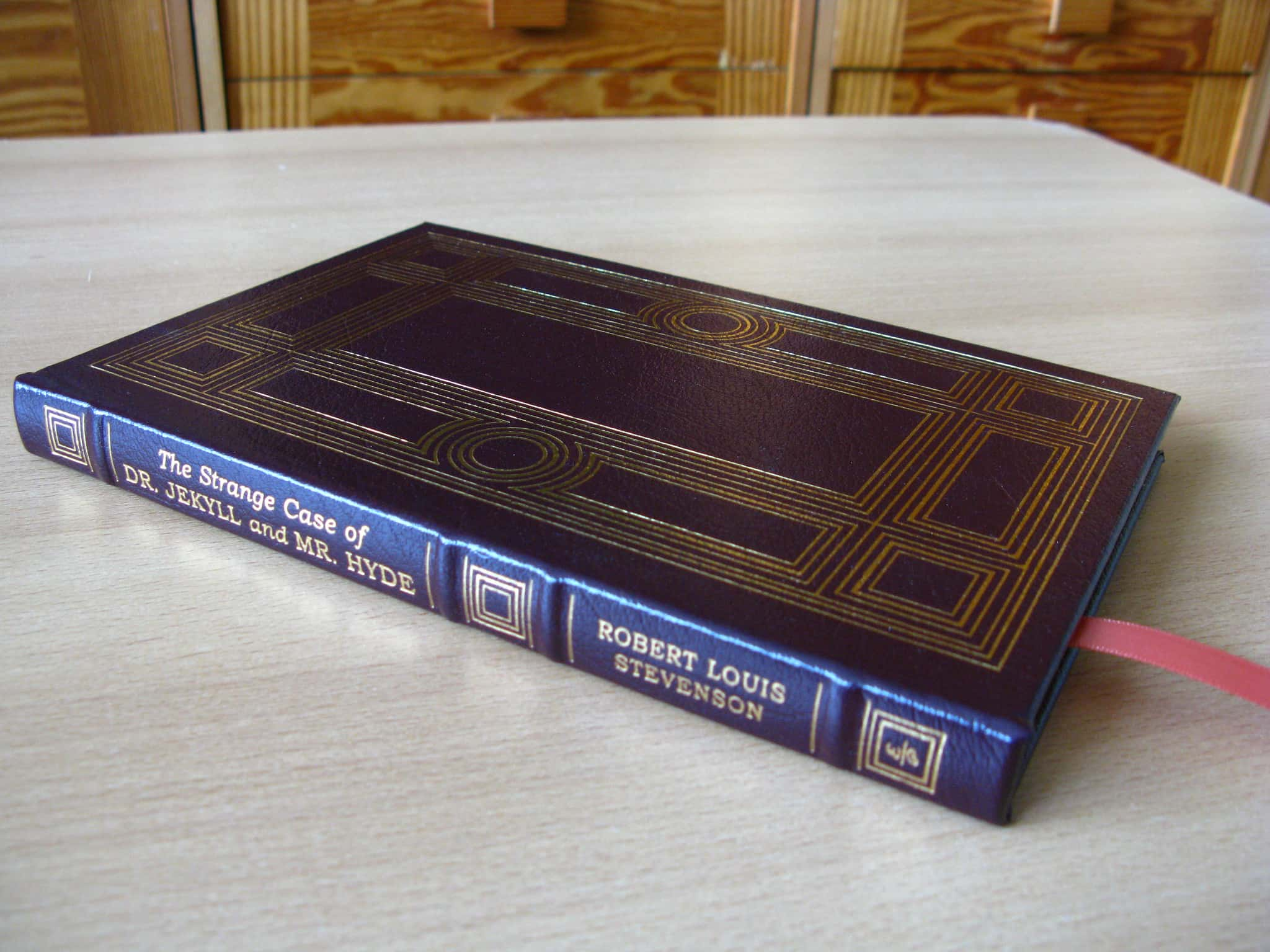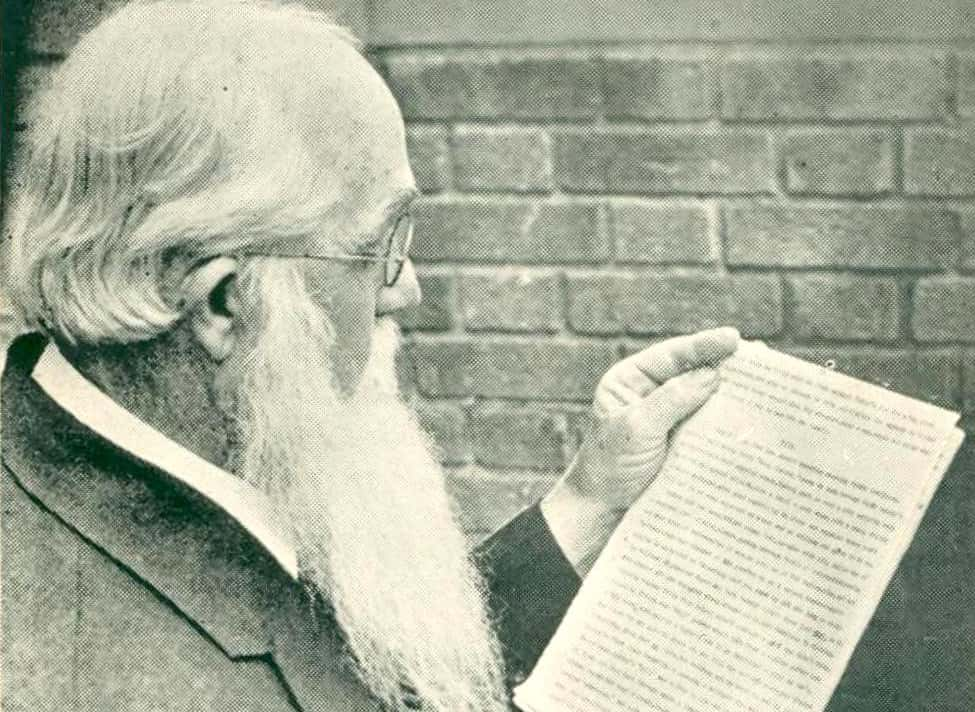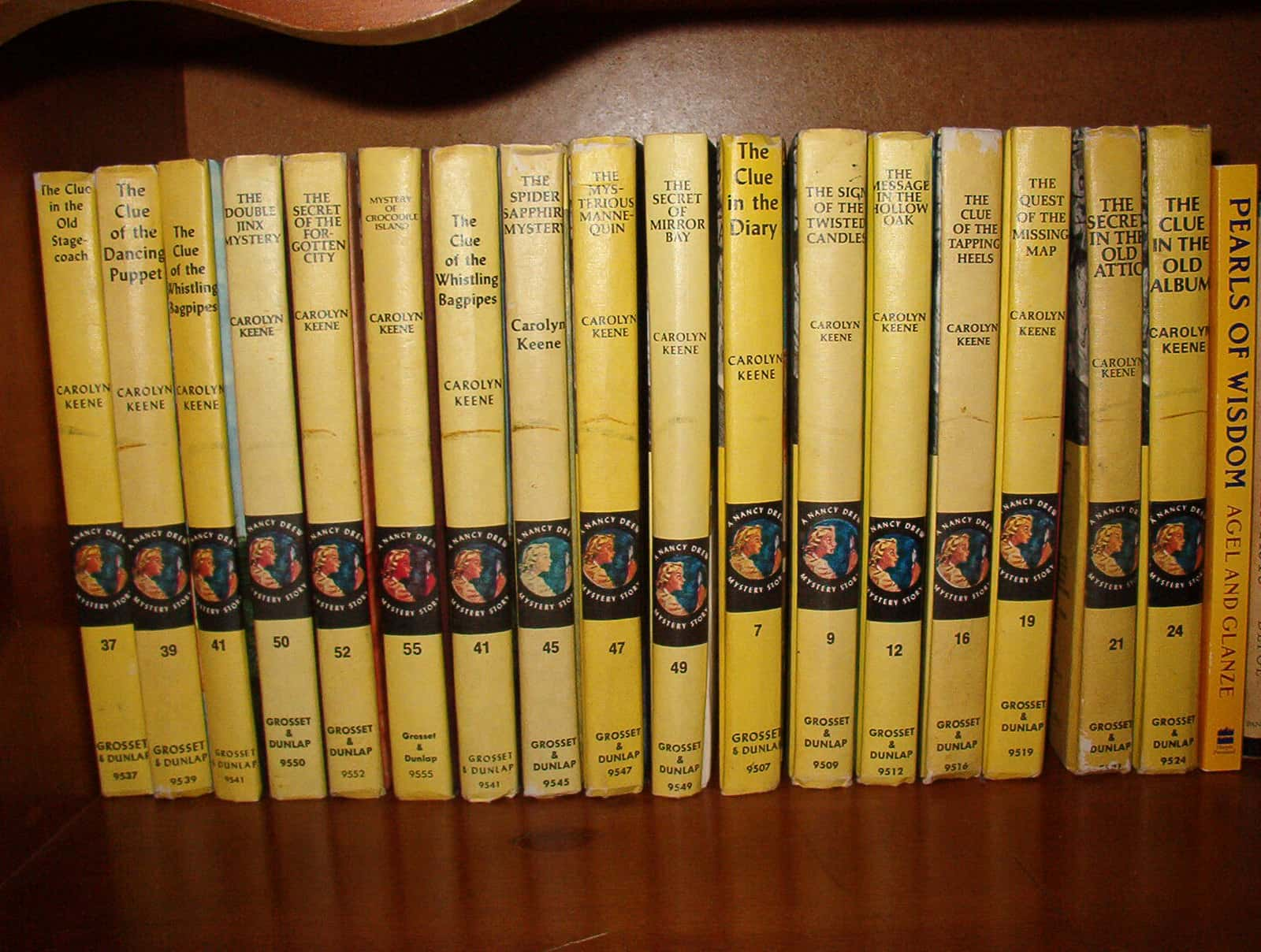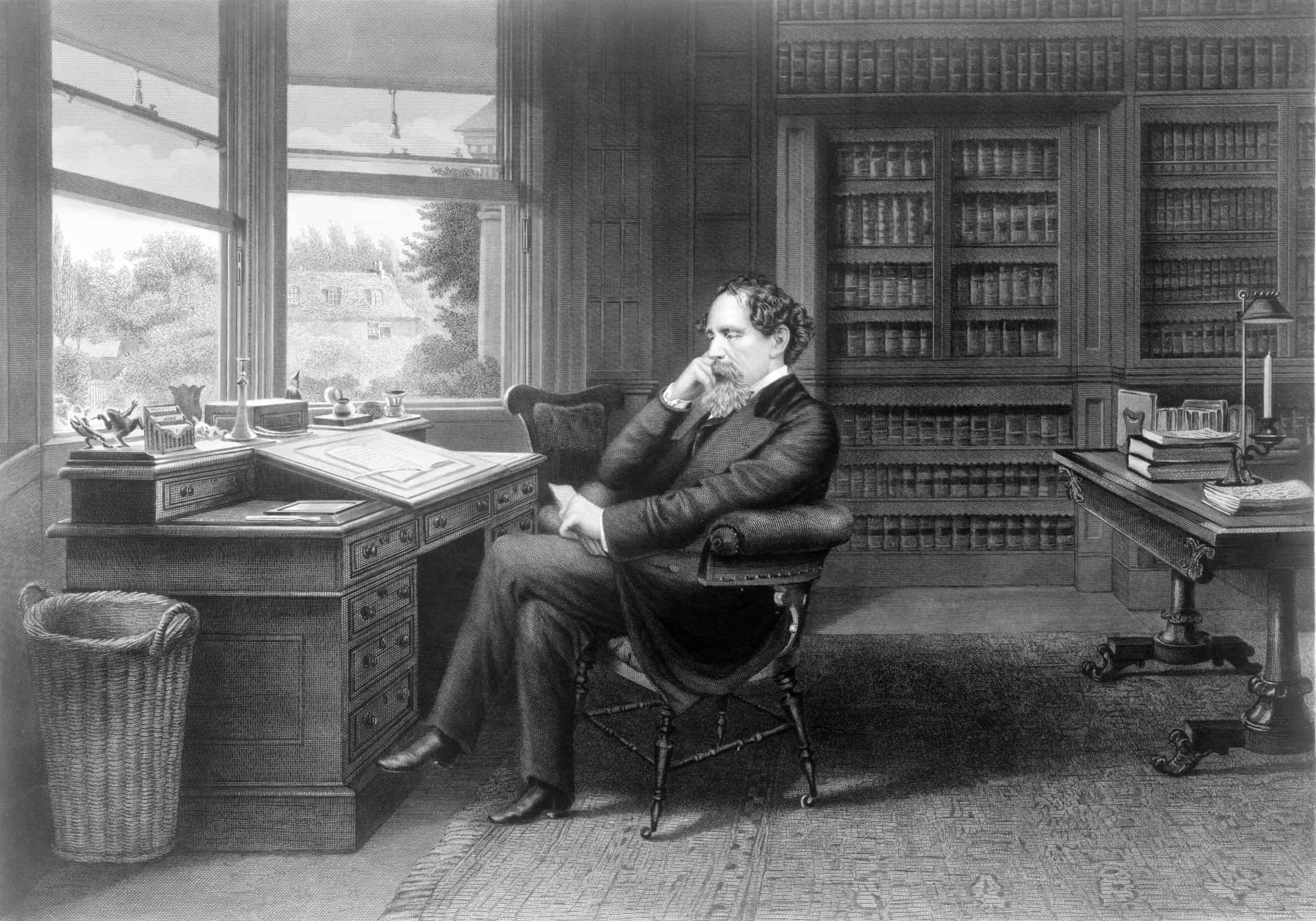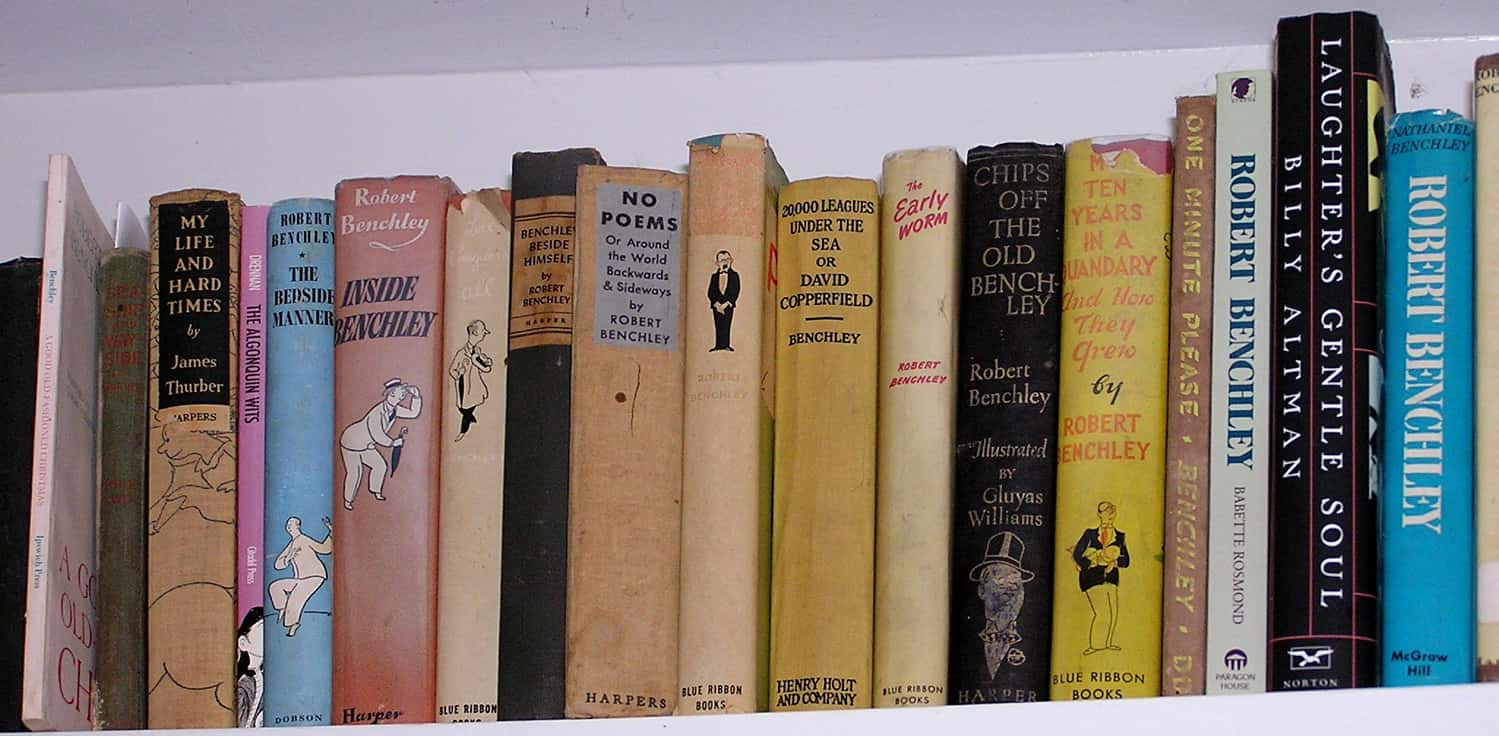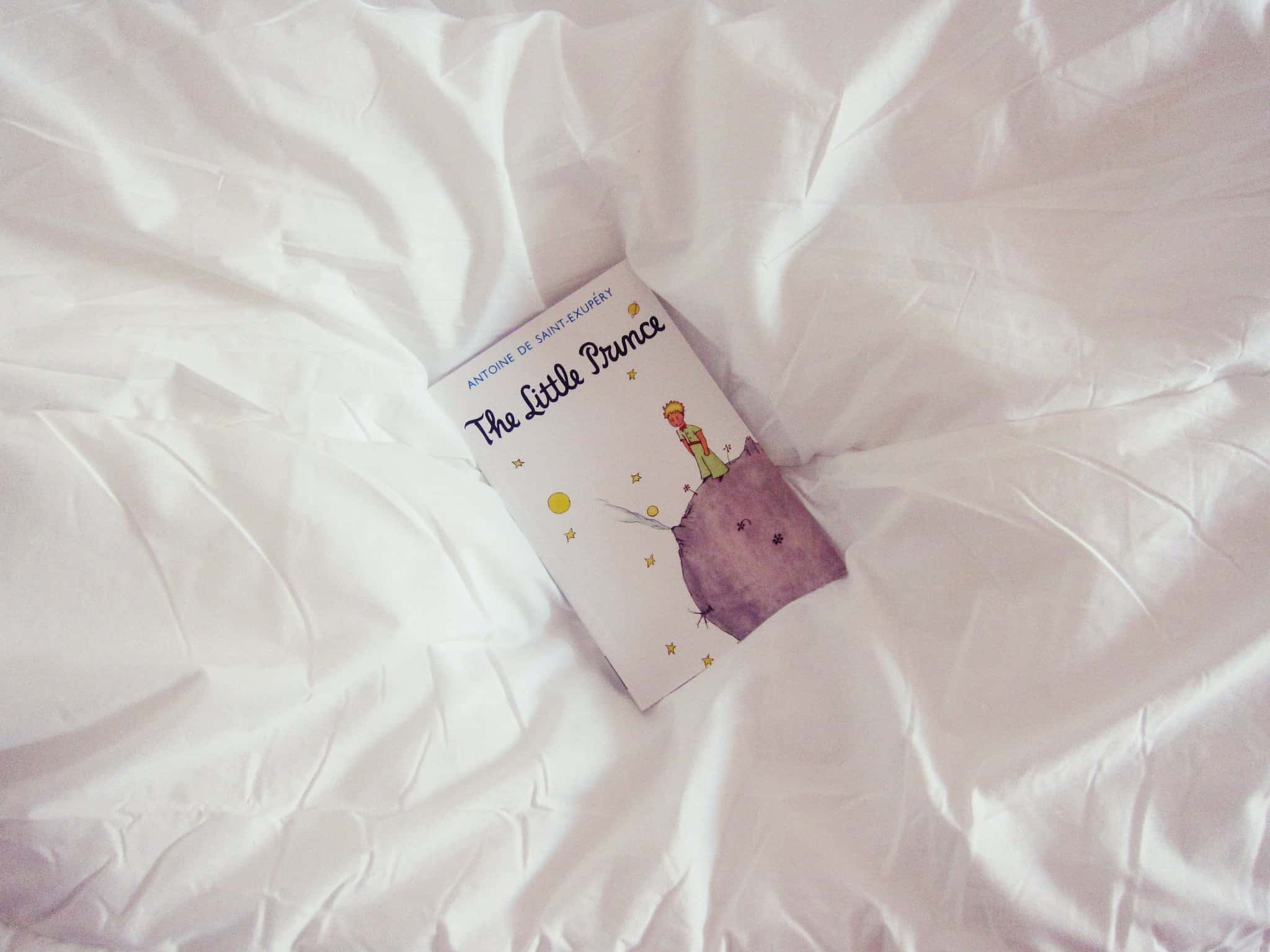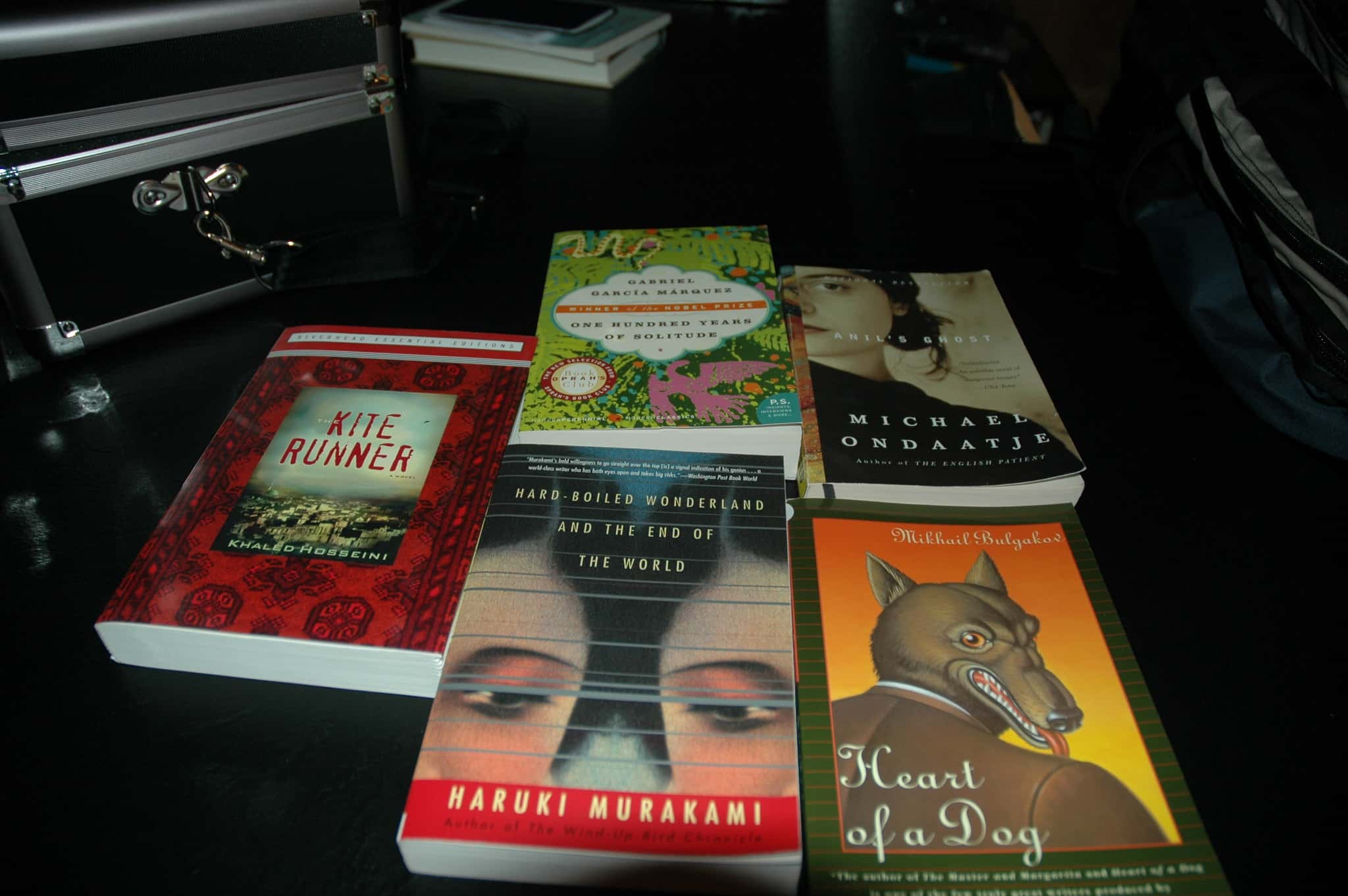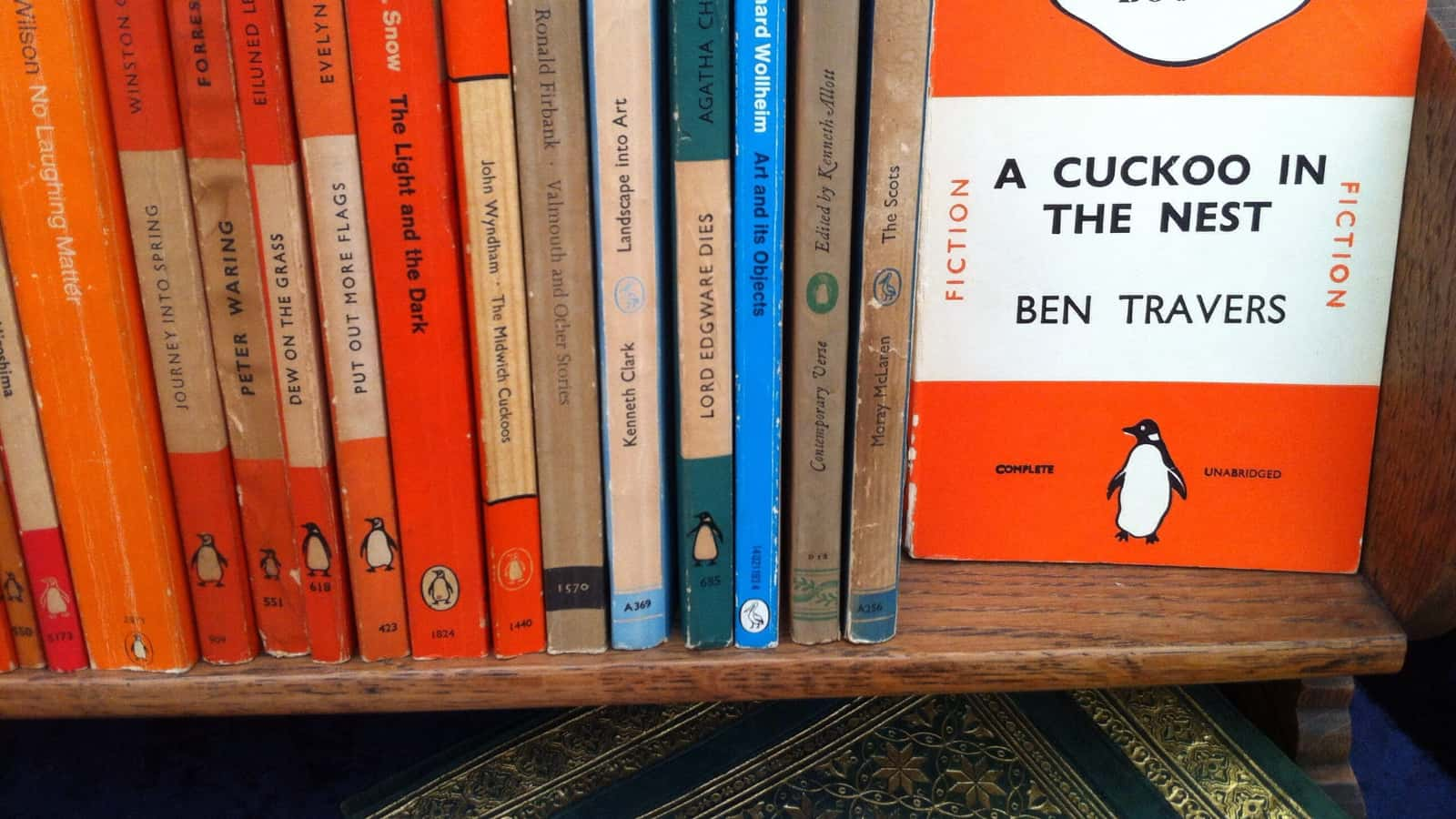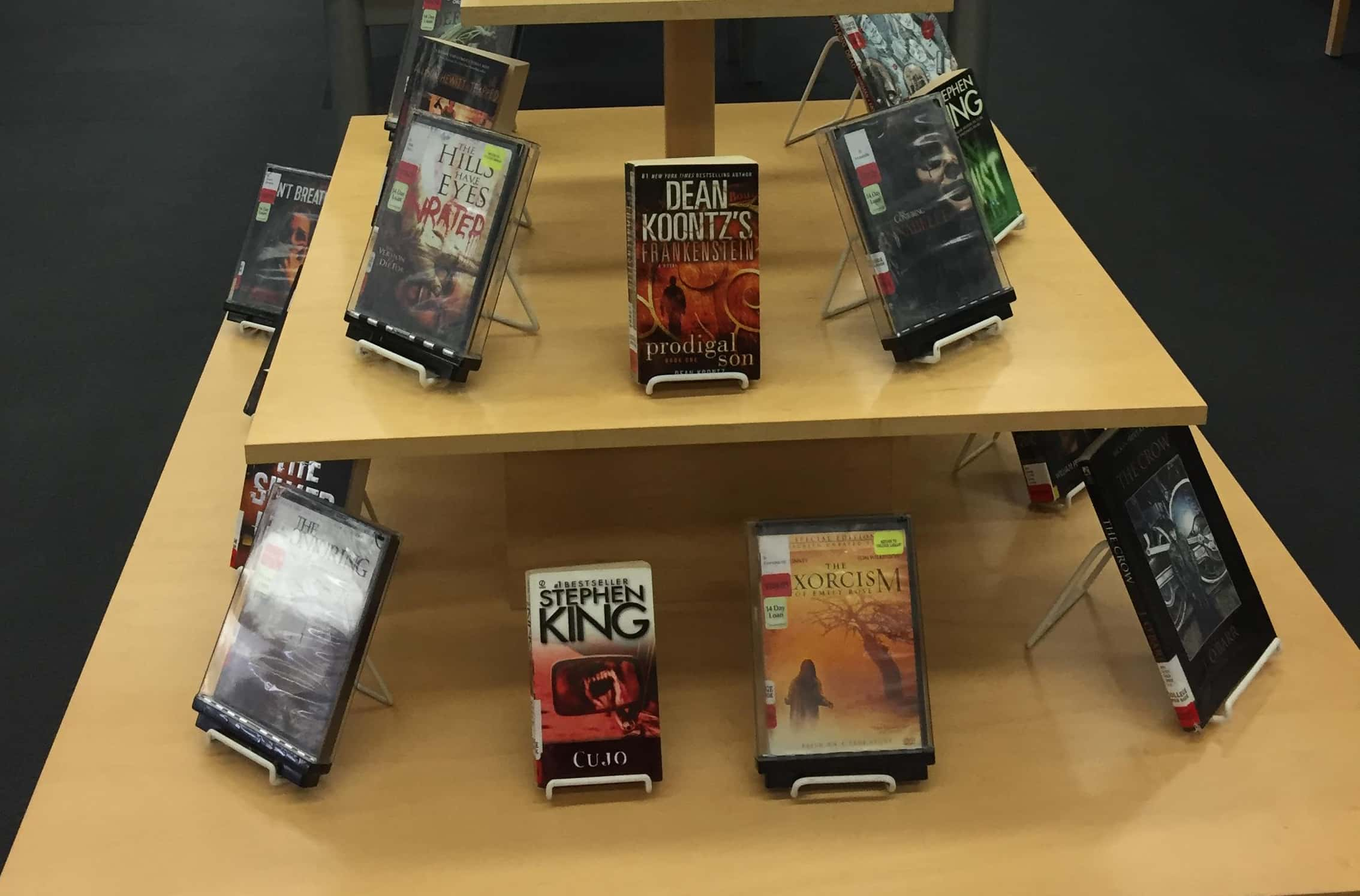“A reader lives a thousand lives before he dies, said Jojen. The man who never reads lives only one". ―George R.R. Martin, A Dance with Dragons
A bookworm is someone for whom books and reading are a lifestyle and not a hobby. Bookworms prefer to spend their time with a nose in a book. They will stay up all night to finish a story, and they might forget to sleep or eat because they’re too busy reading. They’re seldom without a book in their hand, just in case they have time to read. They make literary references that only other bookworms know. There is no number that can ever equal too many books, they are the go-to resource for book recommendations, and a week doesn’t go by without a visit to the local bookstore or library. Below are 44 literary facts that only these true bookworms will know.
44. Words to Know
If you are a true bookworm, chances are you’ve been called a bibliophile. A bibliophile is a book-lover, and the word first appeared in print in 1824. The word bookworm dates back to 1580, and was used by Ben Jonson in his satirical play Cynthia’s Revels, or The Fountain of Self-Love.
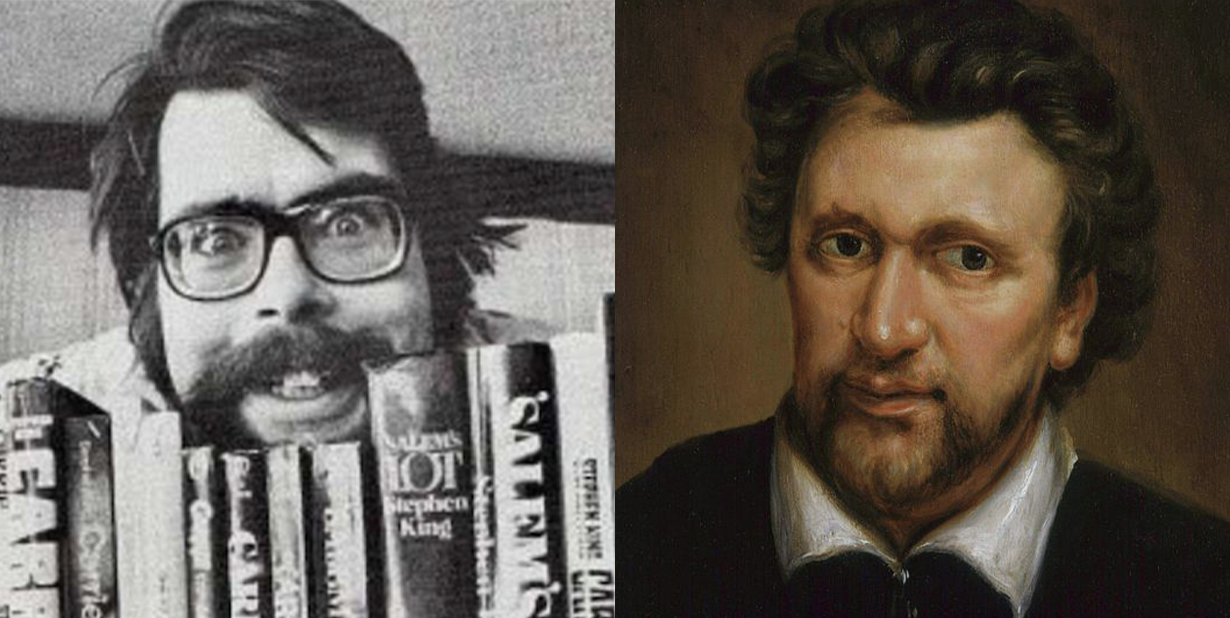
43. Books, Books, and More Books
According to Google, as of 2010, there were roughly 130 million books in print throughout the world. While counting the exact number is virtually impossible, the estimate was generated through an advanced Google algorithm that analysed more than 150 pieces of metadata relating to the world’s books, and by discarding anything that was a duplicate or not by definition, a book.
42. Paid a Pretty Penny
In September, 2017, the Church of Jesus Christ of Latter-day Saints purchased the printer’s manuscript of The Book of Mormon. The book is a handwritten copy of the original dictated manuscript, and reportedly sold for a record-setting $35 million.
41. Keeping Things in Order
The Dewey Decimal system is a library classification system created by Melvil Dewey in 1876. The system allows for books to be added to a library based on their subject matter rather than the order in which they were purchased. The classification number that is assigned to the book makes it possible to find any book and return it to its rightful place on the shelf. Dewey is used in 200,000 libraries across 135 countries.
40. Outsold the Rest
The top ten bestselling novels of all time have sold a combined total of just over 1.56 billion copies. Dan Brown’s The Da Vinci Code comes in at number 10 with 80 million sold, and the classic novel Don Quixote by Miguel Cervantes is number one with 500 million copies sold.
39. A Genuine Condition
The Japanese word tsundoku describes a person who buys more books than they will ever be able to read in their lifetime. The word is a combination of three Japanese words—tsunde, which means to stack things, oku, meaning to leave a while, and doku, which means to read. When put together, they basically translate to book hoarder.
38. Making the List
The term “bestseller” as it applies to books is relative. A Bestseller list is generated from sales data supplied by BookNet Canada and NPD Bookscan in the US and then further curated. Sales numbers are usually compiled each week, and then newspapers like The New York Times and The Globe and Mail in Canada publish the results in bestseller lists for fiction and non-fiction. Amazon’s bestseller list is based on sales, and is updated hourly to reflect the top sellers on the site in close to real time. None of the lists divulge an exact number of copies sold, but generally, it takes a minimum of 500-1000 in the first week to appear on Amazon’s list, about 3,000 for the Washington Post, and 9,000 for The New York Times.
37. Getting a Whiff
Book nerds are known for loving the smell of old books, and believe it or not, there is a word for it. Bibliosmia means the act of smelling books, and to some, it is as aromatic as perfume. And speaking of, there are more than a couple perfumes on the market that are meant to replicate the aroma of old books.
36. Rejected Bunny
Beatrix Potter’s most famous work Peter Rabbit was rejected a whopping six times by publishers. Potter ended up printing 250 copies herself and distributing them to family and friends. Sir Arthur Conan Doyle was among that group, and bought one for his children. When those sold out, she printed 200 more. In 1902, she was finally able to get it published with a traditional publisher, and since then Peter Rabbit has sold 45 million copies and been translated into 36 languages.
35. Spelling it Out
Beginning with the novel’s popularization in the 18th century, the word “a novel” started appearing on the cover under the title. While it might seem obvious to the modern reader that they are reading a novel, in the novel’s early days, the genre wasn’t clearly labeled on a shelf, so identifying the book as a novel was essential. “A novel” still occasionally appears on modern works of fiction, partly out of tradition, and occasionally when the title and cover alone doesn’t make the subject clear.
34. Caught Red-Handed
Stephen King was once taken for a vandal in an Australian bookshop where he was secretly signing copies of his books. A customer in the shop noticed a man walk in off the street and start signing books, and unaware that it was King, she notified the store staff. The misunderstanding was eventually cleared up, and 5 of the 6 books were given to community groups for fundraisers. The other book was purchased by the customer.
33. Secret Pseudonyms
Many famous authors have chosen to publish under a pen name. In some cases, it’s to publish and write something outside of their most well-known genre in an under-the-radar kind of way. In her lifetime, Agatha Christie published 66 detective novels and 15 short story collections, but few people know she wrote six romance novels under the name Mary Westmacott. In 2013, J.K. Rowling secretly published an adult detective novel under the pseudonym Robert Galbraith. She created the alter-ego to escape the pressure of being the author of Harry Potter, and to allow the book to be evaluated on its own. Even Rowling’s own publisher didn’t know who Galbraith was when they first saw the novel.
32. Objection!
Each year numerous books are challenged in attempts to remove them from school curriculums or public libraries and to restrict the ability of others to access the book. The banning of a book is the actual removal of the book. Some of the most commonly banned/challenged books in history include 1984 by George Orwell, The Catcher in the Rye by J.D. Salinger, and To K.i.l.l a Mockingbird by Harper Lee. Reasons for challenges often include charges of biased thinking, offensive language, and forbidden explicitness.
31. A Book a Day
President Theodore “Teddy” Roosevelt was a voracious reader. He was known to read at least a book a day, and sometimes 2-3 if he had a free night. His biggest influence was army writer Admiral Alfred Thayer Mahan. His text The Influence of Sea Power Upon History is credited with shaping Roosevelt’s imperialistic thought. He also enjoyed naturalist writers such as Audubon and Spencer Fullerton Baird who inspired him to make America’s natural beauty a priority.
30. I Bet I Can!
The Dr. Seuss classic Green Eggs and Ham was written as a bet. Seuss bet his publisher $50 that he could write a book in 50 words or less. The book contains exactly 50 words.
29. Catch Fire and Burn
Ray Bradbury’s famous dystopian novel Fahrenheit 451 was originally called Fireman. The title was thought to be too boring, and Bradbury consulted with a local fire station to find out the temperature at which paper would burn. The fireman had Bradbury wait while they burned a book, and then let him know that it burned at 451 degrees Fahrenheit.
28. A Celebration of Books
August 9 is National Book Lovers Day and is a day to celebrate a love of reading. The origin of the holiday is unknown, but Google records searches for “National Book Lovers Day” beginning in August 2007. In 2012, August 9 was selected as the official date, and that’s when it really caught on.
27. Selling at a Snail’s Pace
The slowest-selling book of all time is the Oxford University Press translation of the New Testament from Coptic to Latin. In 1716, five hundred copies were printed, and it took until 1907 for the last copy to sell.
26. Wicked Good!
F. Scott Fitzgerald’s This Side of Paradise has the first recorded use of wicked as a word for cool, to the wild celebration of Bostonians everywhere. The novel also contains the first known appearances of the words T-shirt and daiquiri.
25. A Genre All Their Own
Prior to WW2, teenagers were not considered a social demographic, and there were no books being published with the teen in mind. That changed in 1942 when Seventeenth Summer by Maureen Daly was released. The book is about first love and is considered to be the first true novel specifically aimed at teens. The term “Young Adult” was coined by the Young Adult Library Services Association in the 1960s to describe the 12-18 age range, and the literature of the time focused on mature and realistic themes for this group.
24. One Chapter at a Time
Serialized fiction is a single larger story that is published in short, sequential installments. The serial format began in the 17th century as a means of reducing the cost of books. The format grew in popularity in the Victorian Era and would be published as weekly or monthly installments in magazines. Charles Dickens is believed to have legitimized the format with his 1834 serial novel The Pickwick Papers, and Sir Arthur Conan Doyle’s Sherlock Holmes stories were originally serialized in The Strand Magazine.
23. No Talking Animals
Alice in Wonderland is a frequently banned book for its references to drug, but China had a completely different reason for banning it. They disapproved of the author’s use of talking animals in the book, and the Governor of the Hunan Province said: “Animals should not use human language, and it is disastrous to put animals and human beings on the same level".
22. Literary Misquotes
There are a number of commonly used phrases from literature that are actually misquotes or never appeared in the book at all. The line “Me Tarzan, You Jane” never appeared in any of the Tarzan books, and was likely lifted from the 1932 movie Tarzan The Ape Man. Another surprising misquote is Sherlock Holmes’ catchphrase “Elementary, my dear Watson". The phrase never appears in any of the Sherlock Holmes stories, and is first used by P.G. Wodehouse in the novel Psmith, Journalist.
21. Declined!
Jane Austen wrote the novel First Impressions when she was just 21. Her father sent it to the publisher Thomas Cadell, with an explanation of what it was, and an inquiry of how much it would cost to publish it. The letter was rapidly returned, with the words “declined by return of post” written on it. Fast forward 14 years, and having had success with Sense and Sensibility, she was able to get the novel published as Pride and Prejudice. In the 200+ years since its publication, it remains Austen’s most popular novel.
20. First to a Billion
J.K. Rowling, author of the Harry Potter series of books, is the first author to gross a billion dollars for her books. Harry Potter has sold over 400 million copies around the world and has been published in 55 languages. Rowling is also one of only five women to become self-made billionaires.
19. Scaring Kids for a Quarter Century
Robert Lawrence Stine, or R.L. Stine as he’s best known, is the creator of the Goosebumps series of novels for kids. He first started the series in 1992, and as of 2011, he has written over 300 horror fiction novels for young readers. According to the author, the books are intended to “give kids the creeps,” and it seems to have worked, since he’s sold more than 400 million copies of his books, and they’ve been translated into at least 32 languages.
18. Modern Correspondence
When Victor Hugo’s novel Les Miserables was published, Hugo was away on vacation. Wanting to know how the book had been received, he sent a telegram with a single question mark to his publishers. The publisher responded back with an exclamation point, signifying the book’s success.
17. A Faithful Adaptation
In 1924, director Erich von Stroheim adapted Frank Norris’ novel McTeague into a 9.5 hr film called Greed that literally included every aspect of the book. The studio insisted that it be cut down to 2 hours, and it was considered a flop. A modern restoration brought the film back to slightly more than four hours and is ranked by many critics as one of the greatest films of all time.
16. Scottish Middle Name
Robert Louis Stevenson, the author of Treasure Island, Kidnapped, and Jekyll and Hyde was born Robert Lewis Balfour Stevenson. At age 18, he dropped the Balfour from his name and changed Lewis to Louis (which he pronounced Lewis).
15. Highly Rewarded
Since its inception, the Nobel Prize in Literature has been handed out 110 times to 114 laureates. The award is given to “the person who shall have produced in the field of literature the most outstanding work in an ideal direction,” and has been won by writers from France more than any other country. In fact, the first recipient of the prize was French. Sully Prudhomme won in 1901 for a collection of poetry.
14. Not Just a Peg Leg
In Herman Melville’s novel Moby D., Captain Ahab has a prosthetic leg made of whalebone, which he had custom made after having had his leg bitten off by the whale. The customary replacement for a missing limb at the time would have been wood, and analysts of the novel have suggested that the leg symbolizes Ahab’s sense of masculinity.
13. Missing a Letter
The 1939 novel Gadsby by Ernest Vincent Wright does not use any words beginning with the letter E in the entire novel. The book was written as a lipogram, which is a kind of writing or word game in which the author deliberately excludes a common letter of the alphabet. While some letters are easier to avoid than others, E, T, and A are the most challenging to ignore.
12. Ghostwritten
In the early 20th century, a man by the name of Edward Stratemeyer revolutionized the way children’s books were published. He established the Stratemeyer Syndicate, which worked on the principle of having ghostwriters produce stories in a short period of time that the syndicate would sell to publishers. Among his most popular series were Nancy Drew and The Hardy Boys, both of which were written under the names Carolyn Keene and Franklin W. Dixon, respectively.
11. Most Adapted
Including television, theater, film and even radio, Charles Dickens is the most adapted author of all time. A Christmas Carol has been filmed over 50 times, and that figure doesn’t include the number of other works that have borrowed its narrative. Oliver Twist, Great Expectations, and A Tale of Two Cities have also been frequently adapted to stage or screen.
10. From Sci-Fi to Reality
Jules Verne, author of 20,000 Leagues Under the Sea and Around the World in Eighty Days and many other works, had a profound influence on science and invention. The designer of the submarine Simon Lake was inspired by Verne, and Alberto Santos-Dumont, a pioneer in aviation based his idea for the helicopter on ideas in Verne’s work.
8. Strange Inspiration
For over 70 years, The Little Prince has been a favorite book of adults and children alike, but the idea for the story came from an unusual source. Author Antoine de Saint-Exupery was a pilot, and the stories in the book were drawn from his experiences and hallucinations while waiting in the desert to be rescued.
8. Absolutely Not!
The Columbian author Gabriel Garcia Marquez resolutely refused to allow his famous novel 100 Years of Solitude to be made into a movie. He wanted his readers to form their own images of his characters, and he said that “By means of the letters I write they can imagine the characters to be as they wish, and not as the borrowed face of an actor".
7. A Cheaper Alternative
In 1935, the publisher Penguin Books introduced the first Penguin Paperback novels. Producing a book in paperback would offer readers high-quality literature but at a cheaper price than hard-bound books. Prior to their publication, the paperback book had a reputation for being trashy and poor quality. In 2003, sales of paperback books exceeded $3 billion.
6. Can’t Stop!
The word “unputdownable” is the word that bibliophiles use to describe a book that is so riveting they are unable to put it down and need to read it in a single sitting. The term was apparently coined by author Raymond Chandler in 1947, who when describing a particular book, said he “found it absolutely … unputdownable."
5. Not His Favorite Tools
George R.R. Martin has stated in interviews that he absolutely hates spellcheck and autocorrect. To avoid this problem, he writes on an old DOS-based word processor from the 1980s, and he says it does everything that he needs it to do.
4. Gaining Notoriety
Before 50 Shades of Gray, D.H. Lawrence’s Lady Chatterley's Lover made waves in the United States and England due to its highly sensual nature. It was labeled obscene because of its portrayal of orgasms, the frequent swearing, and the C-word. As one US Senator complained, “It is most damnable! It is written by a man with a diseased mind and a soul so black that he would obscure even the darkness of underground!” The novel was first published privately in Italy and was not published openly in the UK until the 1960s.
3. Fractured Fairy Tales
Most children today are familiar with the Disney-ified versions of fairy tales such as Snow White, Sleeping Beauty, and Cinderella, but the original stories were quite horrific. In the original version of Sleeping Beauty, the prince doesn’t wake her up with a kiss. Instead, he rapes her while she’s asleep, and she subsequently gives birth to two children while still asleep. She’s woken up by a child sucking on her finger and removing the piece of flax that kept her asleep for 100 years. In the Grimm version of Cinderella, the stepsisters cut off parts of their feet to make the slipper fit and end up having their eyes plucked out by two pigeons.
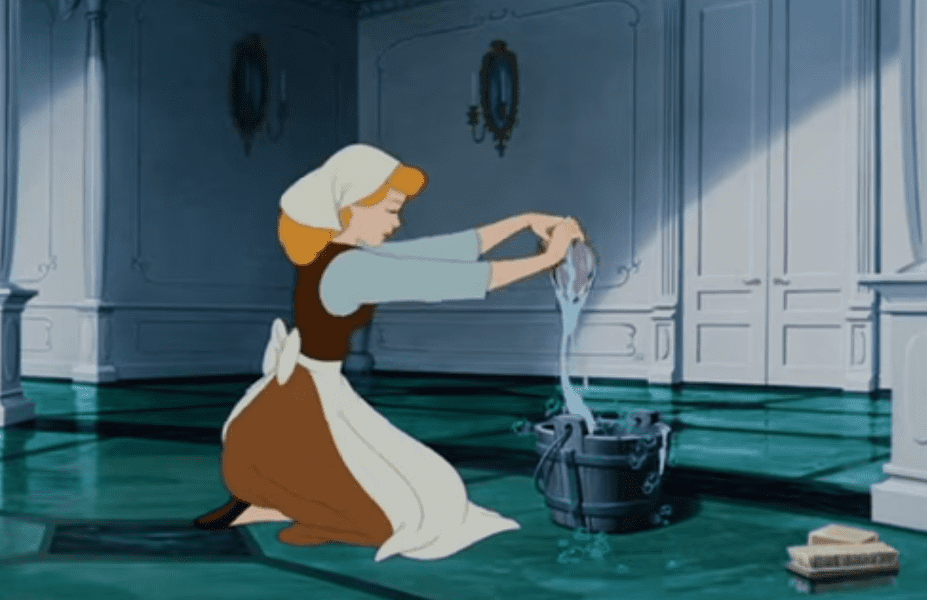 Cinderella,Walt Disney Animation Studios
Cinderella,Walt Disney Animation Studios
2. Drug Problem
Stephen King had serious addiction problems earlier in his life, specifically with booze and drug. It got so bad at one point in the late seventies that King doesn't even remember writing Cujo, since it was written during a weeks long drug binge.
1. Truth is Scarier Than Fiction
Some of King's inspiration to write horror just might have come from his real life. When he was a young boy, he witnessed one of his friends getting hit bit a train. According to him, he has no memory of the event—he only knows that his mom told him he showed up back at their house that day, white as a ghost, and he refused to speak for the rest of the day.
Sources: 1, 2, 3, 4, 5, 6, 7, 8, 9, 10, 11, 12, 13, 14, 15, 16, 17, 18, 19, 20, 21, 22, 23, 24, 25, 26, 27, 28, 29, 30, 31, 32, 33, 34, 35, 36, 37, 38, 39, 40, 41, 42, 43, 44, 45, 46, 47, 48





